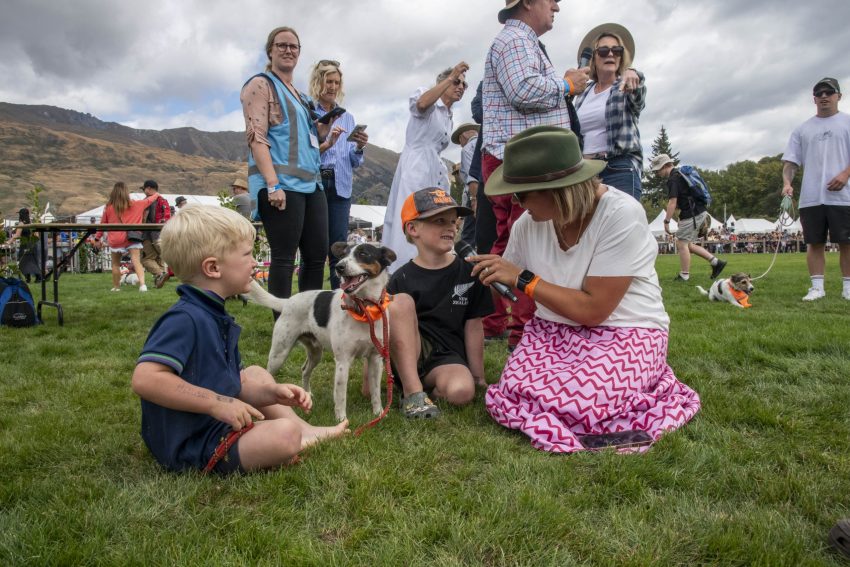It is hard to beat a few days away in the hills with compelling landscapes enjoyed under blue skies, Peter Snowdon writes.
The golden tussock on the sunny face shimmered with dew. The hind and fawn appeared feeding close together in a gully. They had not been visible when we glassed the gully a few minutes earlier. From our position high on the opposite shady side of the creek we watched them appear and disappear as they fed among the tussock, easy to miss unless the light hit them just right.
Moments later we spotted another two deer grazing in a gut higher up the face. It was clear the deer were enjoying the early morning May sunshine.
Our immediate objective was a saddle that gave access to a sunny face in the next catchment, this was an area where we had previously seen deer. The four deer we had spotted would have to wait until tomorrow. Despite the breeze in our favour and persistent glassing the catchment was void of animals. What it offered was superb postcard views of range upon range moving into the distance, no human infrastructure in sight. We descended to the valley floor and began our return to camp.
The stag was standing on the fringes of a small clearing in the scrub 250 metres away. It is the stuff of dreams to see a stag so close to the valley floor and handy to the camp. The pity was he saw us at the same time and moved off up into the matagouri. Two shots hastened his retreat. A search of the scrub revealed no blood and no deer but a surprising amount of grass and cocksfoot among the scrub, and some recent pig sign. Nevertheless, we had seen five deer for the day and knew exactly where we needed to be in the morning.
The following day an early start and a steep ascent brought us to a saddle about a kilometre from where we had spotted the deer feeding the previous day. We rested, snacked and glassed under blue skies. The shadows on the folds in the brown hills gave depth to the landscape. As a hunter you see lots of views but this vista would not have been out of place in a glossy coffee table book.
Almost immediately after moving off we were surprised to see two deer looking at us from a ridge 125m below. Firing downhill from a sitting position Geoff dropped a yearling hind which tipped over and over into the gully below. Two more yearlings and a spiker appeared from over the ridge and headed at pace around the face too quick for another shot. Five young deer in a mob was an encouraging sight. We speculated that if a hind had been present the young deer would certainly not have paused long enough for the shot.
It was a steep descent to find the carcase which took some locating among high tussock in a small creek. The animal was shot cleanly in the shoulder and was in good condition. We boned the animal taking almost all the young meat. The carry back up the hill, over the saddle and down to the valley was undertaken at a measured pace with plenty of rests. We had what we came for, it was early in the day and no need to hurry back.
Tender meat for winter steaks and casseroles had been harvested and 10 deer seen, not bad for Conservation land. However, the memorable feature of this hunt were the compelling landscapes enjoyed under blue skies.
There is something in places and times like these that really make you feel like a Kiwi. It is pretty hard to beat a few days away in the hills.




